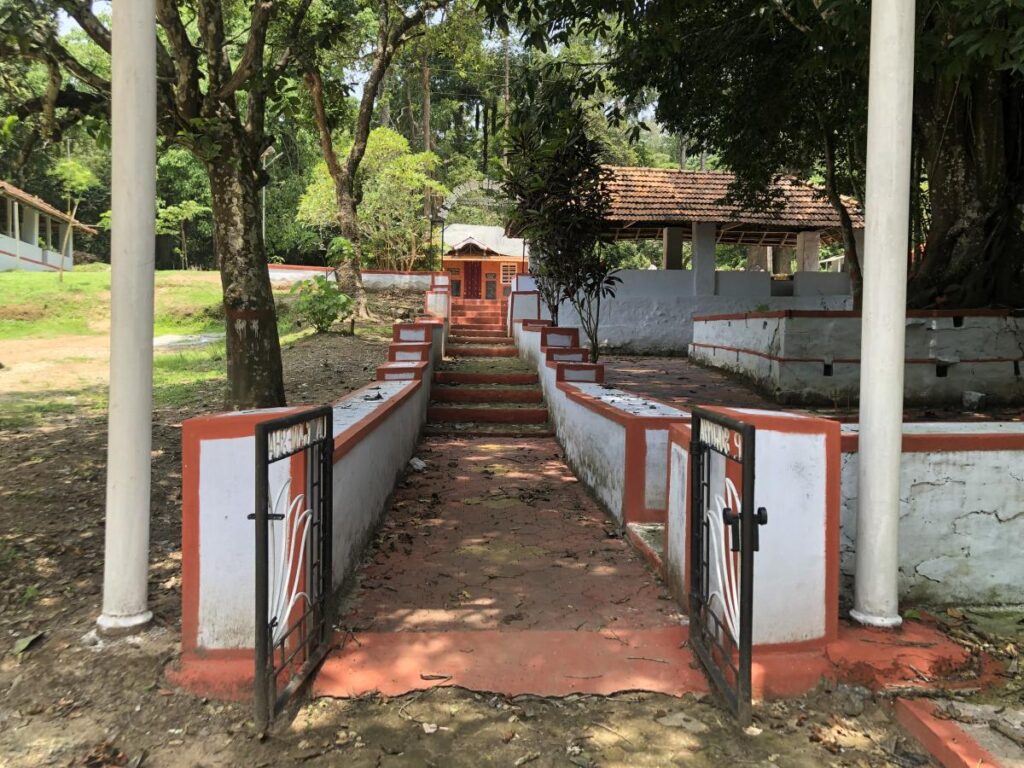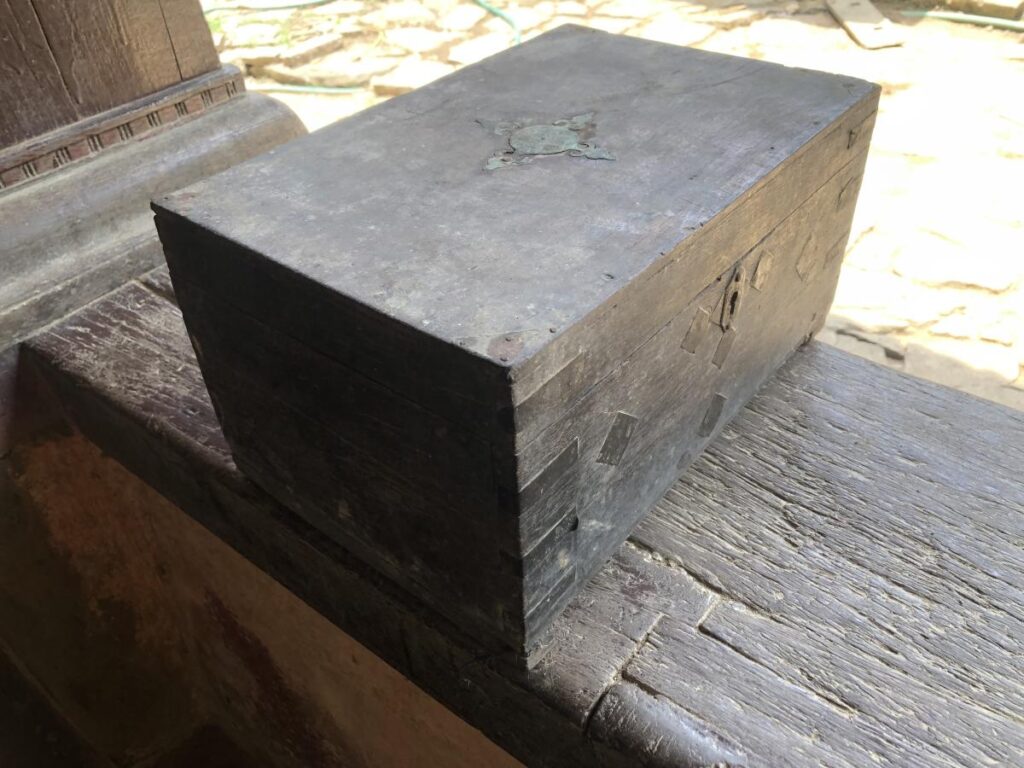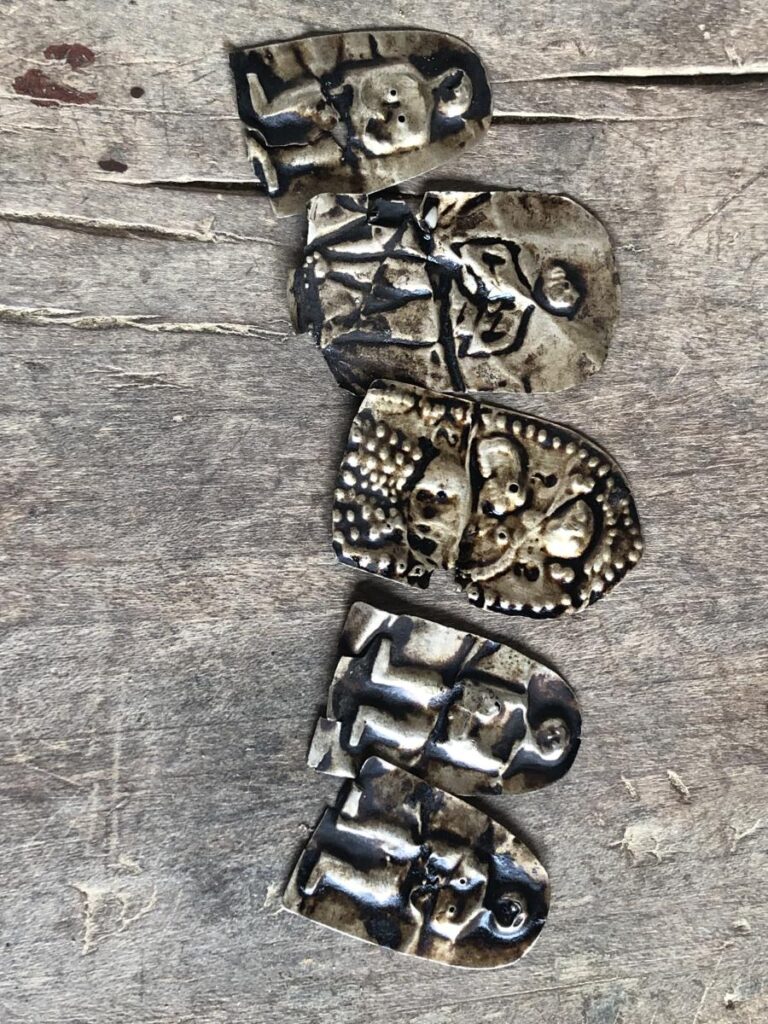In the village of Bilugunda in Kodagu district is a Bhadra-Kaali temple. At the centre of its annual festival, is the ‘kudure’ procession — a group of Kodavas centred around a boy wearing a hollow frame with the head and body of a horse. During this festival, an oracle called Airira Devani accompanies the procession, as his father Boju used to in the past.
‘Kodava’ is both the name of a caste and a language. Around twenty castes of Kodagu, besides the Kodavas, speak the language. The Airi are one of them. Airira is the most common family name among this community.
According to researchers Boverianda Nanjamma and Chinnappa, the Airi were once skilled artisans, often either achari (carpenters), thatta (goldsmiths) or kolla (ironsmiths) by profession.
Central to the Airi community and Kodagu is the local mythology built around six gods and a goddess. Igguthappa is the chief among these siblings. Pannangalathamme, the younger sister of Igguthappa, has three main temples dedicated to her in the villages of Yavakapadi, Kedamallur and Armeri.

Near the Armeri Pannangalathamme temple lives an Airi family. Kaveriappa, an elder of the family, was my guide. He led me from the temple to his ainmane in Ettmani hamlet. It is an old, two-storeyed house with a red-tiled roof and in need of maintenance.
The front yard is roughly paved with large stones. The veranda has traditional wooden pillars rising from a low wall and a plank used as a seat between the pillars. Inside the house, there are pictures of various Hindu gods on the wall.
Treasure chests
This family in Armeri is called Mookairira. The word ‘Mooka’ means ‘eldest’ in Old Dravidian. The family got its name because they were the elder of two branches of an Airi clan. The younger branch was called ‘Ele’ (younger) Airira.

The Mookairira clan used to make sandookas and troughs for the kings and lords of Kodagu. Sandookas are wooden boxes used to store jewellery, documents, and other objects. It has a hinged lid, and is called a chandooka in Kodava. The family showed me an old one in their possession which had several small compartments inside.
A sandooka is a treasure trove, used to store precious objects which invoke feelings of nostalgia, fondness, attachment and joy in its owner. Common in the old houses of the Kodavas, they were a symbol of family, heritage and inheritance.
Unfortunately, sandooka-makers are now on the decline. The Mookairira, like others in their community, have switched over to agriculture for a living.
Kaveriappa got his family members Sujay and Kiran to help him explain things to me. “We were originally from the Vishwakarma caste. We brought our family goddess Cheerambe with us and established her nearby. Every year, around April 25, we offer her paal-pann (cow’s milk and fruits),” Kaveriappa explained.
They were given to hunting in the past. A large odikaththi war knife, probably made and used by their forefathers, was displayed on a yellow plastic stool. Like the Kodavas, the family worships their Guru Kaarana (principal ancestors) and offers them food and drink during an annual ceremony. They showed five small metal plates with crude human figures in relief on them, representing their deceased relatives.

The periphery of their settlements was lined with stone piles. They had two small stone troughs in their garden. There was an old bent stone post in the yard. A pair of old stone posts and a lane with stone steps which led down to the fields were nearby. There was a large stone trough in their fields. It was said that this was made for the elephant of Uththa Nayaka, a Kodava ruler from Armeri.
Kiran, a Class 9 student, led me across the fields to a stone quarry nearby. This must have been the place where the family procured stone for making troughs and other objects in the past. The quarry forms a depression in a hillock and hence holds a large pool of water.
The family reportedly used to make traditional knives, and woodwork in ainmanes, temples, forts, and palaces. They were also employed as goldsmiths and carpenters by the kings. Largely forgotten, these skills are no longer being learnt by the family descendants and their community. But there are people from across castes making some of these articles nowadays.
source: http://www.deccanherald.com / Deccan Herald / Home> Spectrum> Spectrum Top Stories / by Mookanda Kushalappa / February 08th, 2023

